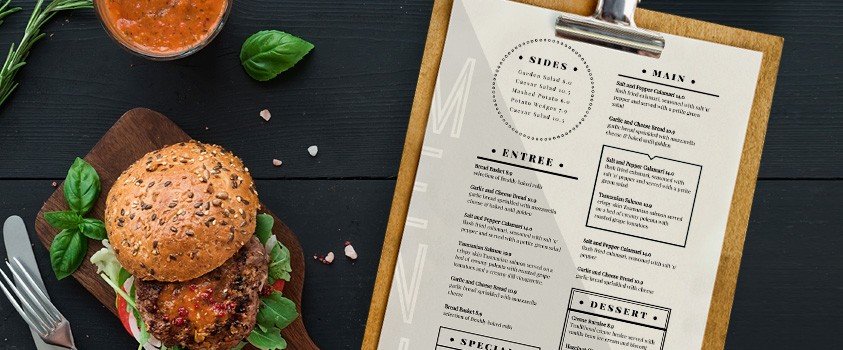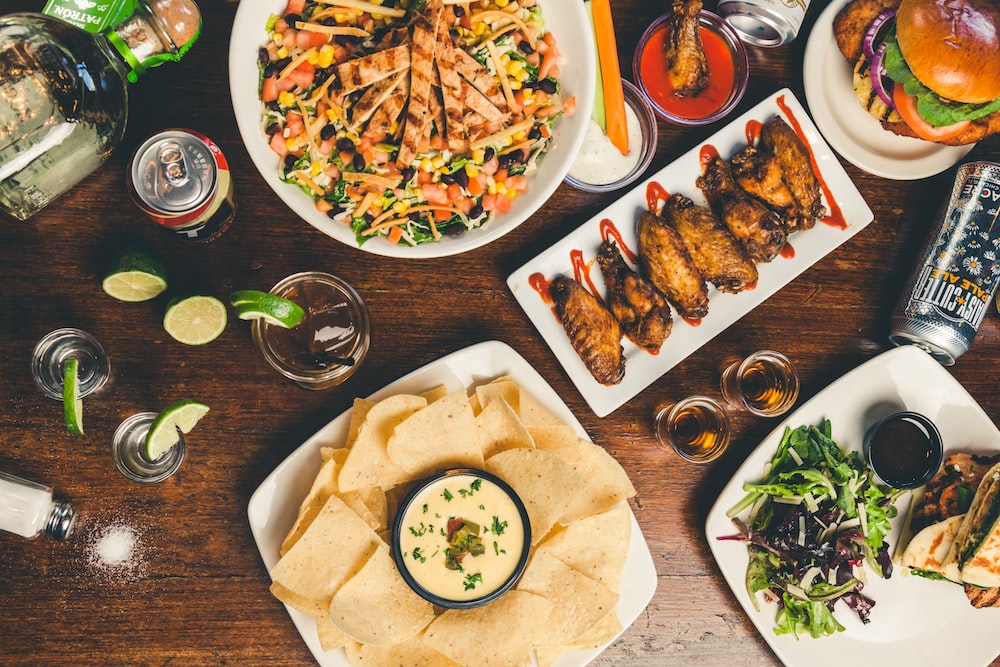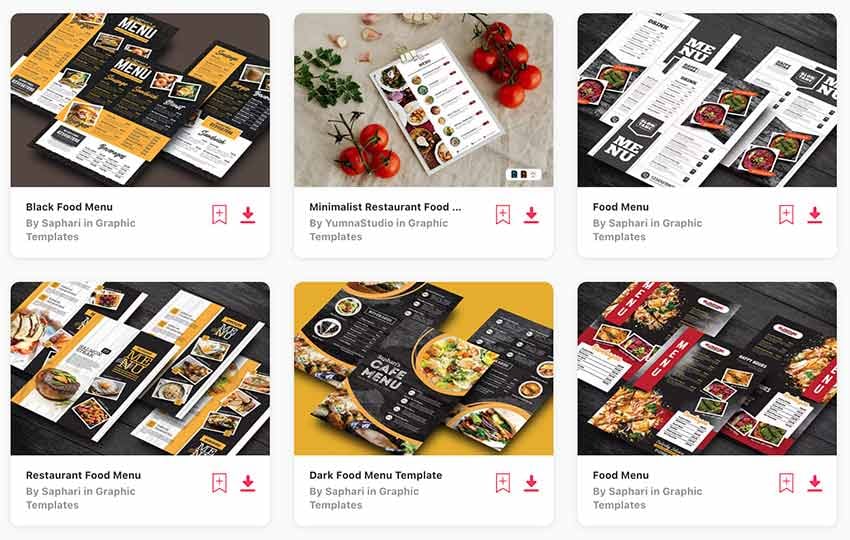Inventory Management For Restaurant Food
Restaurant inventory management software allows restaurant owners to monitor their restaurant’s food costs and COGS. It also displays the variance between planned and actual margins. It has multiple features that include a POS integration and can be integrated with restaurant management software. In addition, inventory management software lets users view reports based on Product Mix Management (PMIX).
Pre-made foods
The use of pre-made foods in restaurants has many benefits. For example, they allow restaurants to offer popular menu items such as soups and appetizers that would be difficult or impossible to make on their own. In addition, these foods tend to taste the same. The same is true for bakery goods, such as cookies and muffins. Although consumers generally expect to see baked goods made from scratch, consumers appreciate the convenience of purchasing pre-made foods from a single source.
Pre-made foods are especially useful when it comes to consistency, since they are prepared in batches in the same way. Ingredients are measured and weighed with accuracy, ensuring a consistent quality for each dish. This consistency can help restaurants attract repeat customers by maintaining a high level of customer satisfaction. However, it is important to note that using pre-made foods in restaurant food will cost you money.
Imported ingredients
Imported ingredients in restaurant food represent a growing segment of the global market. China is one of the world’s largest consumer markets, but the Chinese restaurant market is largely underserved by U.S. food producers. While Chinese cuisine doesn’t typically utilize many ingredients, it is still the nation’s top choice for breakfast and lunch. This market does not utilize Western staples, such as ketchup, Mediterranean spices, or dairy products, so importers of these ingredients are missing out on a growing market.
Imported ingredients can increase the price of ingredients, particularly in the U.S. and Canada. These costs are often passed on to restaurant owners and patrons through higher prices. Ultimately, these higher prices will lead to lower profit margins and possibly even loss of customers.
Bulk warehouse stores
Restaurants need reliable, affordable wholesale food distributors to meet their daily needs. Food trucks are also reliant on such suppliers. Restaurants also need a large variety of fresh meats and snacks, as well as carafes and steak knives. Wholesalers also serve as supercenters and distribution centers, which stock goods for restaurants and other resellers.
Most bulk food suppliers are part of a larger organization. Sysco and US Foods are two of the biggest names in the industry. Their warehouses stock everything from frozen to canned products, meats, pantry staples, and more. Some also carry paper goods, cleaning products, and to-go containers. Most bulk food suppliers provide basic kitchen equipment and can deliver once a week to a small operation, and up to three times a week to large operations.

Local farms
Most restaurant owners say they love using local farms for their restaurant food, but many of them don’t know how to make that connection. One potential solution is to improve communications between local food producers and restaurant buyers. Developing a database of local farms would enable this process and provide information on the market for both farmers and restaurants.
The sales of local agricultural products to restaurants are part of a multi-step distribution chain. In 2008, there were $2.7 billion in sales from local sources to restaurant chains. This is a massive increase from just a decade ago.
Inventory management
Inventory management for restaurant food is an essential part of the restaurant business. It involves maintaining accurate records of the items in stock, as well as tracking usage, dollar value, and overall inventory levels. Managing inventory properly will help you maximize your profit margins and recover any lost profits. To start, you should create an inventory spreadsheet to list all items in your restaurant. This includes all of the food items that you serve, as well as cleaning supplies, dinnerware, and tabletop items. The spreadsheet should also indicate the measurement units for these items. These units vary by the type of item that you sell. For instance, tomatoes may be sold in pounds, while pasta and paper towels may be sold in boxes or cases.
A cloud-based inventory management software, like Simphony, helps restaurateurs track inventory more accurately. This software provides access from any Internet browser, and offers a range of data points that help restaurateurs build reporting dashboards, detect variations, and negotiate better prices. Moreover, it has a task manager, which reduces the time that employees have to spend on administrative tasks. It also has a feature that tracks food waste, so you can know how much of your products go unused.
Designing Restaurant Menus
When designing restaurant menus, keep in mind that your diners’ eyes naturally gravitate toward certain parts of the menu. They will tend to focus on the top portion of the menu, which should include the highest-margin and most profitable items. The different formats of menus also have different areas where diners will focus their attention.
Three-panel, two-fold menus
The most common type of restaurant menu is a two-page design. The layout allows for strategic placement of dishes that generate the most profit. However, a three-panel, two-fold menu can accommodate a greater variety of menu items. These menus are frequently found at family style and casual restaurants.
Prix fixe menus
Prix fixe menus in restaurants are set-price, multi-course menus. They may also be called a “set meal” or a “table d’hôte” menu. They include the set price of the entire meal and may have specific cutlery for each course.
Drinks menus
You can include drinks menus on your restaurant menus with just a few simple steps. These templates allow you to customize fonts, colors, and images for a unique look. They also allow you to save your designs and update them as needed.

Price signs
Price signs are an effective way to get diners to spend more money at your restaurant. Using currency signs, as opposed to the usual numerals, helps customers understand that the price is in dollars, rather than cents. This is helpful in a number of ways, including making the menu look friendlier to customers and reducing the temptation to mentally add up the bill.
Illustrations
Illustrations on restaurant menus are a great way to add flair to the menu and give customers a fun experience. These illustrations can be used in a variety of settings, from fine dining to casual eateries. One classic example is a pizzeria, which uses a vintage-style illustration for each category of food. Using illustrations on menus can increase customer satisfaction and create favorable comments about the food.
Colors
Many designers have discovered that the color palette of a restaurant can affect the customer’s choice of food. The most popular color among Americans is blue, which promotes a calming atmosphere. However, this color does not work well with most restaurant concepts. It may be used as an accent color, but it must be used sparingly.
Fonts
Restaurant menus should use a font that captures the essence of the restaurant’s identity. You can find a variety of fonts for restaurant menus in the marketplace. These fonts are ideal for grabbing the attention of customers. They are perfect for menus, packaging, and menu boards. They come in a range of styles and impressions and will make your menus stand out.
How to Rent a Party Bus in Austin
If you are looking for a party bus Austin TX, you can save a lot of money by hiring a cheap Austin party bus. These buses are a great value for your money, and they are a great option for special events. There are a few things that you should look for when booking a cheap Austin party bus.
Central Texas Party Bus
Central Texas Party Bus is a local company that specializes in group transportation. It offers a wide variety of party bus options to choose from. For larger groups, they also offer customized tours and events. They can accommodate groups of all sizes, from a small wedding to a large corporate event. If you’re looking to rent a party bus in Austin, you’ve come to the right place!
Central Texas Party Bus is one of the best party bus rentals in Austin, Texas. Its vehicles are ideal for large groups and allow for safe driving. You don’t have to worry about finding parking and avoiding DUI violations, since the party bus will take care of that for you! The best part is that it will allow your group to have some quality family time together, too!
Whether you need transportation for your next corporate event or for a bachelor or bachelorette party, Central Texas Party Bus is the perfect vehicle for your group’s big night out. The buses are equipped with the latest amenities to make your event a success. You can easily book a party bus on this website, and you may be able to save a lot of money by using a discount coupon.


Struggle Bus
The Struggle Bus is the perfect solution for special events in the Austin, Texas area. It has been servicing the area since 2020, and it is a popular choice for birthday parties, bachelor and bachelorette parties, and winery or brewery tours. The buses make planning a party or special event a breeze, and they are always a hit!
The Struggle Bus can accommodate large groups of people and will ensure that everyone has a fun and memorable time. They are ideal for a night out with friends, a work party, or a family reunion, and they are guaranteed to get everyone to where they need to be in a safe and comfortable way.
Central Texas Limousine

If you’re planning a large group trip, you might want to consider booking a party bus in Austin. Austin Party Buses specializes in group transportation. These buses are comfortable, reliable, and great for large parties. They can fit up to 40 passengers in comfort. They are also great for special events, including anniversaries and birthdays.
Central Texas Party Bus Austin offers private party bus rentals for events throughout the Austin area, including Texas Hill Country wineries. The bus’s amenities include limo-style seating, built-in coolers, and raised ceilings. It also has high-powered stereos with auxiliary cords and is alcohol-friendly. These buses are available to rent for any occasion, from proms to weddings.
Whether you need a vehicle for a single event or a large party, a party bus is a great way to get around town safely. There’s no need to worry about parking or traffic when you hire a party bus in Austin.


